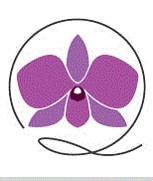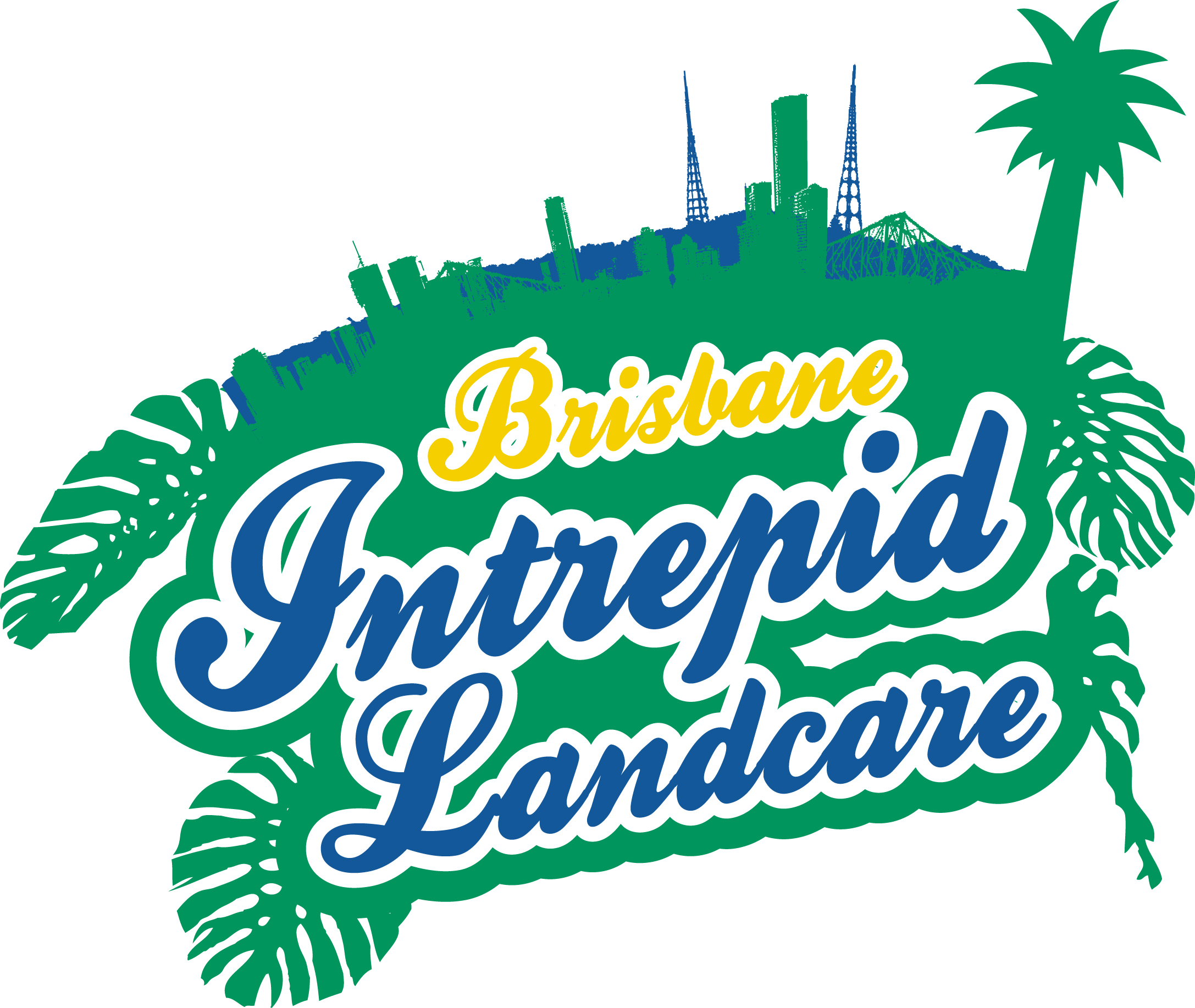Our Blogs
The Garden of Eden Project
While most people would take the opportunity to sleep in on a Saturday winter’s morning, the Bremer River Network community were pulling up their sleeves and heading out to Cribb Park to remove harmful weeds and improve the environmental condition of the Bremer River.
The Garden of Eden project was initiated by an everyday community member, Anthony Edwards, who was inspired to improve the aesthetic and environmental quality of the Bremer River in the heart of Ipswich. Anthony had a vision of creating a beautiful, usable space where the Ipswich Community could embrace and utilise the Bremer River’s precious resources. Anthony was relentless in pursuing his aspirations to host four weeding days, and persisted until his dream became a reality. Eventually, Anthony contacted the Bremer River Network asking for support with the management of the Project. The Network jumped at the opportunity to undertake on-ground works, and happily worked in partnership with Anthony, with the support of Ipswich City Council and the Bremer Catchment Association.
After many hours of planning, preparing and organising, the weeding days were undertaken over four fortnights. The four weeding days were an absolute success, with people volunteering from all walks of life. It was inspiring to see the community band together for such a wonderful cause. The end result was the removal of weeds over a 1500 square meter area, including the awful glycine vine which can smother and kill shrubs and small trees, reducing the bank’s stability and increasing the risk of bank erosion.
The final weeding day carried a lot of symbolism; as the Garden of Eden ended, in the ashes of that project emanated the official launch of the Bremer River Network, and the establishment of a Bremer River Network legacy site. The Garden of Eden project has created momentum within the Network, and the Cribb Park site has now been adopted as the Bremer River Network’s legacy site, where future on-ground works will be directed. We look forward to working with different community groups, schools, industry groups, and the Garden of Eden volunteers in continuing the fantastic work that Anthony started.
Botanic Gardens Australia-New Zealand
Col registered Peace Park as a BGANZ site in their Botanic Gardens Open Day on May 28. NPWI had two visitors who shared lunch with three other NPQI folk. I gave a talk on the Rosewood Scrub.
Dry vine scrub has various names including softwood scrub, Notophyl (small leaved) vine thicket, Semi-evergreen vine thickets at lower level, and Dry rain forest. There are probably three to four types of dry vine scrub depending on the dominate tree, e.g. brigalow and hoop pine. There is only 2 1⁄2% of the Rosewood scrub left. All patches are disturbed. There are no patches of brigalow scrub east of the Dividing Range that are preserved in a National Park.
Some activities that have caused damage include clearing by German settlers during the 1870s, grazing, logging and reduction of soil fertility. There is a loss of many species, including many bird and plant species. There are no longer staghorns and the elkhorns in the area as the scrub patches have low humidity. Ipswich SGAP received permission from the Moreton Shire Council to plant Rosewood scrub plants in Peace Park. Our aim was to make an arboretum of scrub species.
From this there has been general plantings, and ten feature gardens of prickly and spiny plants, plants suitable for garden culture, rare, threatened and endangered plants and bush tucker.
Arnold Rieck, Native Plants Queensland Ipswich
The Franklin Vale Creek Catchment Initiative
The Franklin Vale Initiative is a bold ambition to restore waterway health and catchment productivity. The Initiative’s vision is to partner with landholders living on Franklin Vale Creek to restore and improve the catchment condition by reducing instability and improving water quality through actions such as vegetation. This initiative offers landholders the opportunity to restore the waterways on their property and ultimately improve the overall health of Franklin Vale Creek.
Council will make a substantial investment to work with landholders and begin the process of restoring this waterway and building a legacy of best practice land management to ensure the productivity of the land is maintained.
Exploring Charlwood
The weather, after not looking promising on the Friday, dawned warm and sunny on Saturday morning, and stayed that way all day. The Fassifern Field Naturalists met at Lutter Road and caught up with old friends or made acquaintance with new ones. Lutter Road is on the western slopes of Mt French.
We then set off in two groups; one to explore the scrub along the slashed tracks, and the other to admire the chooks, fossick in the scrub edges and walk up to the dam. We all met back for morning tea where we sat in the sunshine glorying in the magnificent view of the Great Dividing Range. Afterwards the group split up again; the adventurers diving into the scrub on the northern side of the block and the others meandering along the drive admiring the number and diversity of butterflies flitting about in the sunshine. By this time the scrub-bashers had joined the others for a wander along the road before returning to the view for lunch. By this time we were all sitting in the shade.
A juvenile White-bellied Sea-eagle circled above us while birds, butterflies, frogs, moths and vine scrub plants were all discussed over our delicious lunches. All except for Wendy who was on a bread and water diet! On the property were some Long Jack or Yellowwood, Flindersia xanthoxyla (derived from the Ancient Greek xanthos "yellow", and xylon "wood".)
World Environment Day Festival
Boonah’s annual World Environment Day Festival was again a marvellous success, and perhaps best summed up by a Boonah local who said “World Environment Day Festival at the Outlook in Boonah - open for all and everyone, young or old, to celebrate. And what a great day it was.
Just when you think it can't get any better or more creative it does, so keep shining bright and digging for new ideas. If you've never been, make sure you get there next year because it's your loss. So many creative beings from our local community or afar with ideas you may have never dreamed of doing to help save our beautiful planet.
From the fabulous impromptu tribal dancing with the drumming circle, the brilliant enviro poetry, great entertainment, awesome displays, demonstrations and artisan stalls, fabulous wholesome food, the terrific support to Stop Adani, to the Vomitor in action, the connection made with our indigenous people and lively participation in the creative workshops, the whole day was truly tremendous and organisers are very happy with the result. Visitors came from all over South East Queensland and beyond, and left with high praise for what they experienced, and their new knowledge to make a difference in their everyday actions.
Boonah Organisation for a Sustainable Shire thanks all who were involved, including all our supporters, participants, visitors, and especially our volunteers who contributed so much to the success of the day.
Outing Report - Koala Crossing, Flinders Peak, 19 May 2018
On our May outing 21 members from the Fassifern and Queensland Field Naturalists Clubs met at the Queensland Trust for Nature property, Koala Crossing. This property is situated at the base of Mt Flinders, 5km from the township of Peak Crossing. It joins the Flinders-Goolman Reserve and is the largest remaining stretch of open eucalypt forest in the region. Koala Crossing provides an important linkage for koalas in South East Queensland and the property is managed according to national koala recovery action plans.
The property has four different ecosystems, one of which has an ‘endangered’ biodiversity status, and another is ‘of concern’. These ecosystems are able to support a large variety of fauna including the koala, the powerful owl and the brush-tailed rock-wallaby. Not that any of these were seen on the day.
The first walk was on a track that wound its way down to a little dry offshoot of Sandy Creek then curled up to higher ground. The creek is well-named as the sandstone rock of the area weathers into a sandy bed. On the rocky ridges conglomerate rock with quartz was evident and we examined some petrified wood embedded in a type of silt or mudstone. At the top of the ridge we came across a very dozy Bearded Dragon sleeping in the grass.
Lunch was a very social time with talks about the local district, and the koala program by the Queensland Trust for Nature. Almost 100,000 koala fodder trees have been planted since 2015.
Later a ridge on the southern section of the property was explored. This had a mixture of Spotted Gum (Corymbia maculata) and Narrow-leaved Ironbark (Eucalyptus crebra) with small stands of Brush Box (Lophostemon confertus) and Moreton Bay Ash (Corymbia tessellaris) interspersed here and there with Bat-wing Coral Tree (Erythrina vespertilio) and Broad-leaved Kurrajong (Brachychiton australis). Here we saw some of the more open woodland bird species, such as Weebill, Speckled Warbler, Jacky Winter and White-throated Honeyeater. There was also both Scarlet and Black Jezebel butterflies in the higher canopy and a couple of Tailed Emperor butterflies rushed through hardly giving us time to identify them.
Overall 42 species of birds were recorded on the day, including the Speckled Warbler which is not often seen as it usually forages very quietly in the leaf litter. It is well camouflaged too, being brown and cream with dark brown stripes and streaks. Surprisingly for the time of year 16 species of butterfly were recorded. The Long-tailed Pea-blue being one of the more cryptic ones in the grass.
Koala Crossing Species Lists (numbers in brackets refer to abundance)
Birds: Peaceful Dove (1), Bar-shouldered Dove (1), Wedge-tailed Eagle (2), Brown Goshawk (2), Galah (2), Rainbow Lorikeet (8-10), Scaly-breasted Lorikeet (4), Little Lorikeet (a number of small flocks), Australian King-Parrot (8), Pale-headed Rosella (4), Fan-tailed Cuckoo (1), Rainbow Bee-eater, Red-backed Fairy-wren, Speckled Warbler (1), Weebill (3-4), White-throated Gerygone (1-2), Spotted Pardalote (1-2), Striated Pardalote (5-6), Eastern Spinebill (1), Yellow-faced Honeyeater (small flocks in flowering Ironbarks), Noisy Miner (8-10), Scarlet Honeyeater, White-throated Honeyeater (6-8), Blue-faced Honeyeater (1), Noisy Friarbird (1), Striped Honeyeater (1), Eastern Whipbird (1), Black-faced Cuckoo-shrike (1), Golden Whistler (4-6), Rufous Whistler (2), Australasian Figbird (8-10), Grey Butcherbird (1), Pied Butcherbird (1), Australian Magpie (2), Pied Currawong (1), Grey Fantail (3), Willie Wagtail (1), Torresian Crow (2), Jacky Winter (2), Rose Robin (1), Silvereye (12-20), Mistletoebird (1).
Butterflies & Moths: Greenish Grass Dart (Ocybadistes walker) (1), Clearwing Swallowtail (Cressida cressida), Common Grass-yellow (Eurema hecabe) (many), Small Grass-yellow (Eurema smilax) (3), Scarlet Jezabel (Delias argenthona) (2), Black Jezabel (Delias nigrina) (2), Wanderer (Danaus plexippus) (many), Lesser Wanderer (Danaus petilia) (3-4), Blue Tiger (Tirumala limniace) (1), Common Crow (Euploea core) (2), Tailed Emperor (Charaxes sempronius) (2), Meadow Argus (Junonia villida) (3), Glasswing (Acraea andromacha) (several), Small Dusky Blue (Candalides erinus), Long-tailed Pea (Lampides boeticus) (1), Common Grass Blue (Zizina labradus) (many). Mottled Cup Moth (Doratifera vulnerans) - four cocoons on a small Callistemon.
Mammals: Red-necked Wallaby (Macropus rufogriseus) (1).
Spiders: Golden Orb-Weaver (Nephila plumipes) (1), Australian Jewel Spider (Austracantha minaxer) (1).
Other Invertebrates: European Honey Bee (Apis mellifera) (3), Common Small Milkweed Bug (Arocatus rusticus) (5), Large Milkweed Bug (Spilostethus hospes) (2), Wandering Percher (Diplacodes bipunctata) (1), Crane Fly (probably Family Tipulidae) (numerous).
Some Grasses: Threeawn Speargrass (Aristida vagans). This grass likes eucalyptus communities on rocky and sandy soils. Flowering and fruiting all year.
Pitted Bluegrass (Bothriochlaoa decipiens). Prefers low fertility soils receiving above 500mm annual rainfall.
Barbed Wire Grass (Cymbopogon refractus). A grass native to eastern Australia, widespread and common, prefers lighter, poorer soils. The leaves give off a spicy, lemon-ginger smell when crushed. Habitat for small mammals and frogs. The seeds are eaten by rosellas.
Black Speargrass (Heteropogon contortus). A tropical, perennial tussock grass and a valuable pasture species across much of its range however it has also been responsible for the elimination of the wool industry over much of Australia due to the seeds becoming embedded in the wool and skin of sheep, devaluing the wool and killing the animals. Also troublesome in the socks and skin of bushwalkers.
Slender Rat's Tail Grass (Sporobolus elongatus). Found in higher rainfall areas it is more common on lighter, well-drained soils. In drier areas, it is more common along sandy creek-lines or on heavy clays of the plains.







